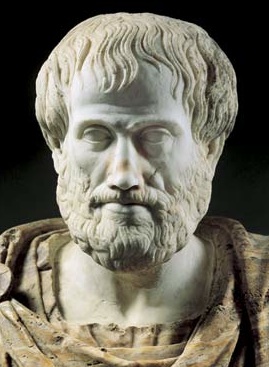 Hello, my name is Rachel, and I’m a recovering Bible snob.
Hello, my name is Rachel, and I’m a recovering Bible snob.
I haven’t always been this way. As a child, the stories of the Bible enthralled me. I believed in them the way one believes in dinosaurs, Camelot, Abraham Lincoln, and other magical things that happened once upon a time.
As a teenager, the Bible evolved into a collection of affirmations designed to ease my angst-riddled existence (a hermeneutical shortcut Scot refers to as “morsels of blessings and promises” in The Blue Parakeet: Rethinking How You Read the Bible
), and in college, it served as my favorite answer book (Scot’s “big puzzle” shortcut).
It wasn’t until my early twenties that I began wrestling with the blue parakeets–those troublesome passages of Scripture that didn’t fit my theological grid, that seemed primitive and suspicious in light of modern science, that bothered my conscience, or that appeared contradictory. I went from loving the Bible to hating it for all the doubts it raised in my mind.
Thankfully, and by the grace of God, I learned to read the Bible in a new way. With the help folks like Scot, N.T. Wright, and Eugene Peterson, I began to think of the Bible as a collection of stories, stories that God uses to tell a grand Story in a variety of ways and expressions. Because language is always shaped by context, God spoke in Moses’ days in Moses’ ways, in Jesus’ days in Jesus’ ways, and in Paul’s days in Paul’s way. This approach–(what Scot refers to as the “Wiki-story” approach)–helped me make peace with the Bible.
But there was one problem.
It seemed I had very little patience for folks who read the Bible differently than I did.
“He’s reading WAY too much into the relationship between Adam and Eve,” I’d think to myself during a wedding ceremony. “She did NOT just use the story of Abraham and Isaac as an example of true faith without acknowledging the implications of God’s rejection of child sacrifice.” I’d grumble after a devotional. “Am I the only one who’s read anything about ancient Near Eastern cosmology?” I’d wonder after a frustrating conversation about evolution.
In my conversations and writing, I couched my references to Adam and Eve, Noah’s flood, and the Tower of Babel with an acknowledgement that for ancient Israelites, a story could be true even if it wasn’t scientifically or historically true. I didn’t want anyone, especially my progressive friends, to peg me as a literalist.
In short, I became a Bible-reading snob.
My sin became apparent one day when I was reading through the gospels and happened upon Matthew 10, where Jesus tells his disciples “Do not think that I came to bring peace on earth; I did not come to bring peace, but a sword.” Then, quoting from Micah 7, he adds, “For I came to ‘set a man against his father, and a daughter against her mother, and a daughter-in-law against her mother-in-law; and a man’s enemies will be the members of his household.'”
Before I could stop it, this thought flew through my head: “I think he’s taking those verses a little out of context.”
Oh, snap. I was nitpicking Jesus.
As I prayed for forgiveness and contemplated my pride, I saw that it was time to take a page from the Jewish culture I was so fond of referencing and lose myself in the shared Story of my faith community. I was not above my own context. The narratives of Scripture, despite their various interpretations and implications, informed my worldview and infused it with meaning. The one thing I had in common with liberals and literalists alike was a common Story, a sort of shared language with which to communicate, connect, and debate.
Jesus referenced Bible stories the way good poets reference literature–in an effort to conjure shared images and shared feelings, shared reactions and shared memories. He wanted his listeners to shudder together at the thought of Jonah waiting for three days in the stinky, damp belly of a fish (Matthew 12:40), to be overwhelmed together by the image of a world covered with water (Matthew 24:37-39), to collectively relive the gratitude of their ancestors as they remembered the sweet blessing of manna (John 6:31-49).
We can conduct healthy debates about the degree to which Jesus was separated from the Father at the moment he cried, “Eli Eli lama sabachthani,” but we miss the point when we fail to marvel that, in his greatest moment of agony, Jesus quoted one of our poets, forever connecting his suffering to our own. God, wrapped in flesh, wrapped himself in our story.
The best cure for Bible-reading snobbery is a humble reminder that we share a common story. And it’s a good one.

